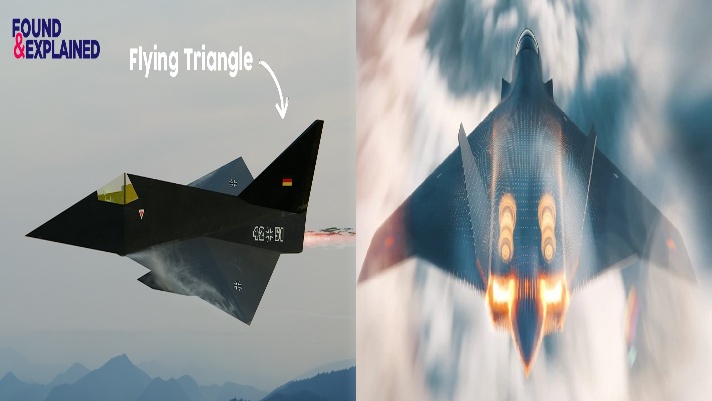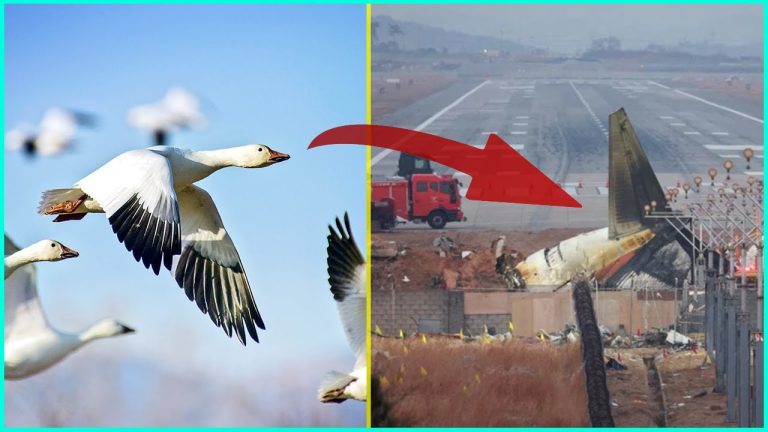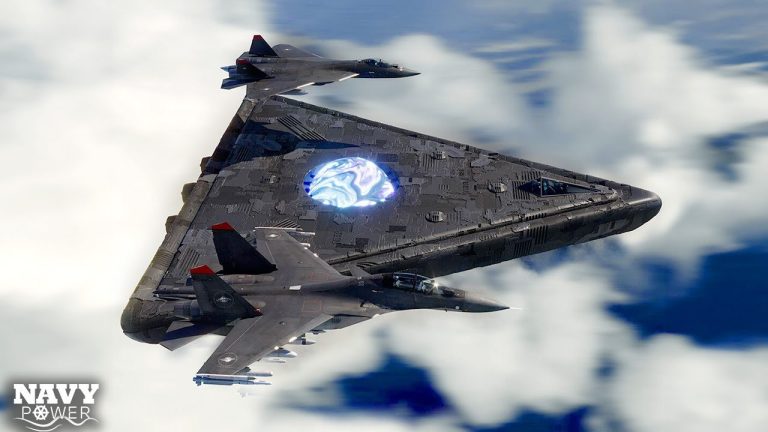Germany, a nation long celebrated for its precision engineering and technological expertise, is quietly entering a new era in military aviation. While often overlooked in discussions of military power, Germany’s recent advancements in stealth technology are poised to alter perceptions and enhance its defense capabilities significantly. This journey into the realm of stealth fighter jets is not just a technological endeavor; it is a statement of intent, showcasing Germany’s commitment to innovation and its desire to secure a position at the forefront of air superiority.

The roots of Germany’s interest in stealth technology can be traced back to the Cold War. During this tense period, as the Iron Curtain divided Europe, German scientists and engineers began experimenting with radar-absorbing materials and aerodynamic designs. These foundational efforts, often conducted behind closed doors, have paved the way for the advanced stealth capabilities being developed today. The fall of the Berlin Wall did not signify the end of these ambitions but rather marked the beginning of a new chapter for German aerospace engineering.
In the 1990s, Germany, along with France and Spain, embarked on an ambitious initiative known as the Future Combat Air System (FCAS). This joint project aimed to create a sixth-generation fighter jet that would surpass existing models in performance and capabilities. The FCAS program has become a crucial platform for Germany’s stealth ambitions, providing the necessary resources and fostering international collaboration to transform theoretical concepts into a practical reality.
The Next Generation Fighter (NGF), a key component of the FCAS program, exemplifies the power of this European collaboration. It brings together some of the brightest minds and leading aerospace companies across the continent, each contributing their unique expertise to create a formidable fighting force. Airbus Defence and Space, based in Germany, plays a pivotal role in the NGF’s development, focusing on stealth design, avionics, and systems integration. Meanwhile, Dassault Aviation, renowned for its aerodynamics and flight systems expertise, ensures that the NGF excels in agility and maneuverability, even at high speeds.
The implications of the NGF extend far beyond technological advancements. It represents a paradigm shift in aerial warfare, equipped with cutting-edge stealth capabilities, advanced sensors, and artificial intelligence. This combination provides the NGF with an unprecedented edge in combat, enabling it to operate undetected in heavily defended airspace, gather real-time intelligence, and engage targets with unmatched precision. Such technological superiority could significantly reshape the balance of power in the skies, underscoring the importance of maintaining a robust defense posture in an increasingly complex global landscape.
Moreover, the NGF symbolizes more than just military prowess; it stands as a testament to European unity and technological innovation. The collaboration between Germany, France, and Spain highlights their shared commitment to defense cooperation and their determination to remain leaders in aerospace technology. As the world watches Germany’s stealth fighter jet development unfold, it becomes evident that this silent revolution could have far-reaching implications, not only for Germany’s defense capabilities but also for the future of air power on a global scale.
In a rapidly evolving security environment, Germany’s foray into stealth fighter technology marks a significant step forward, reinforcing its role as a key player in European and global defense. As this ambitious project progresses, it promises to not only enhance Germany’s military capabilities but also to redefine the landscape of aerial warfare in the decades to come.






